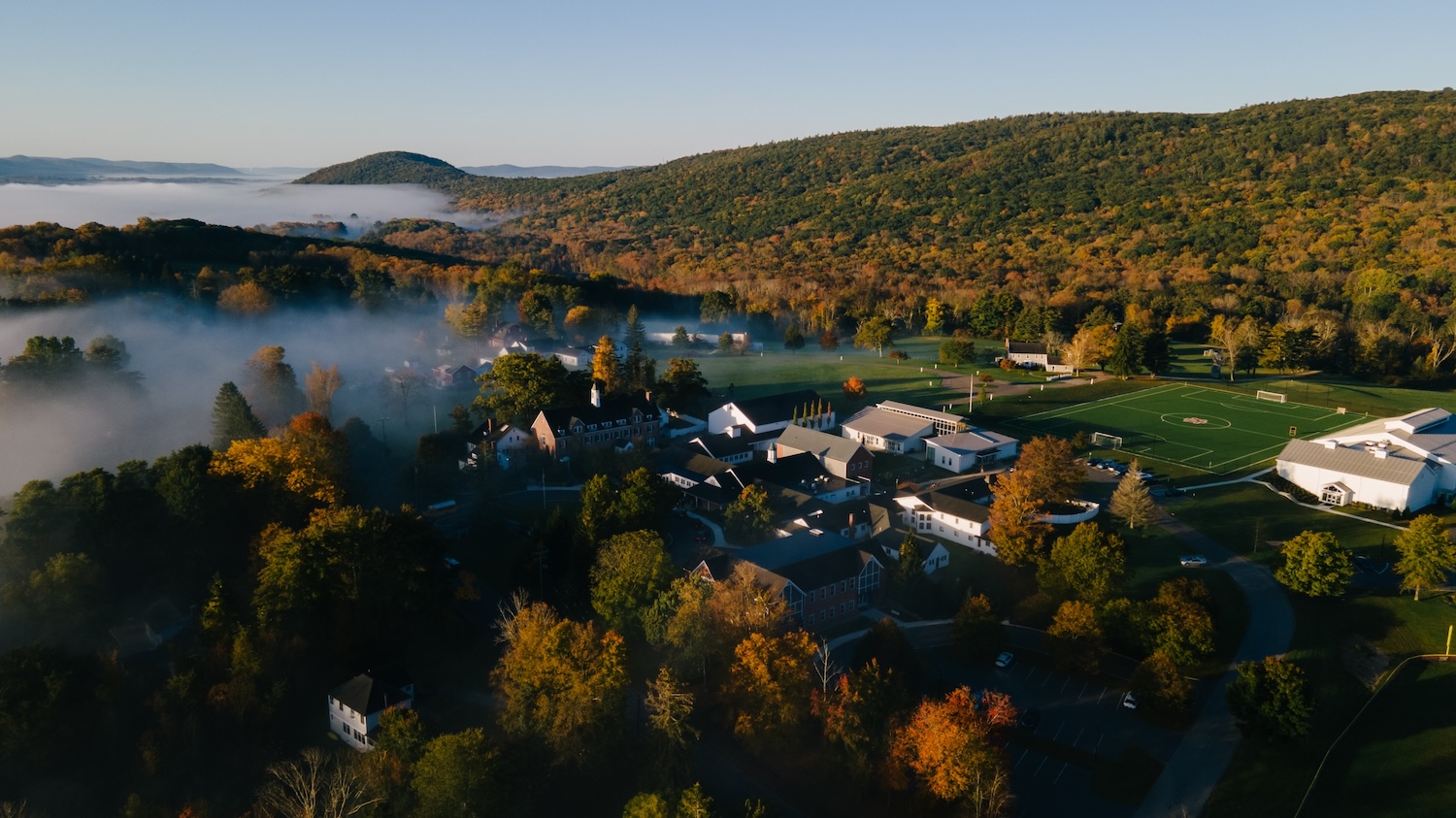The Classroom as a Third Teacher

Step inside our IMS Early Childhood Classrooms and you will immediately recognize that these are not just learning spaces, they are inviting, magically-crafted, and inspiring places for children to learn and grow. We believe it is critically important to design environments that recognize students’ innate ability to learn from their surroundings. And so, we provide natural materials for discovery and offer endless opportunities to create art, develop language, build, imagine, explore, and collaborate.
Comments
There are no comments yet. Be the first to add something!